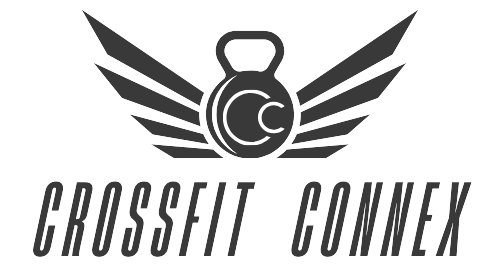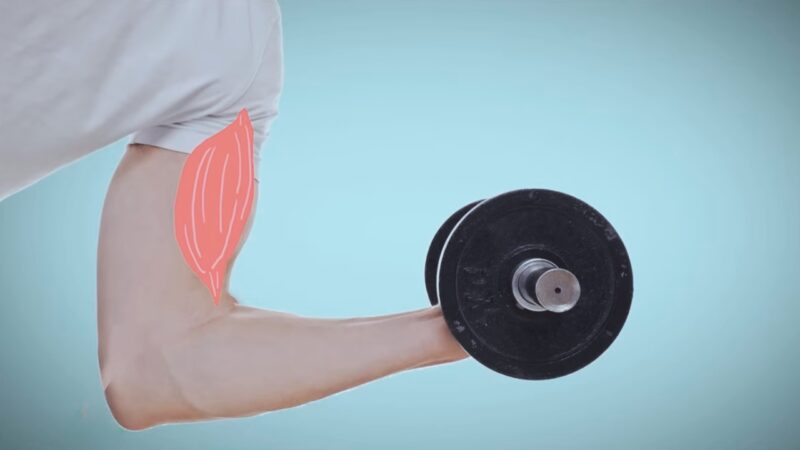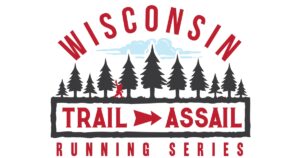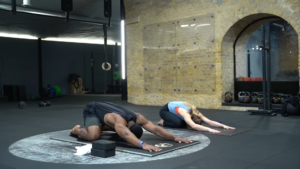When you engage in any form of exercise, especially those that are new or very intense, small micro-tears occur in your muscle fibers. This is normal and part of building stronger muscles. However, these tears, along with inflammation, can cause soreness after workouts.
Muscle soreness after a workout, often known as Delayed Onset Muscle Soreness (DOMS), can be a sign that you’ve pushed your muscles hard. I believe this can be both rewarding and uncomfortable. Managing this soreness effectively ensures that you can continue training and achieve your fitness goals without unnecessary pain or injury. Here’s what to do:
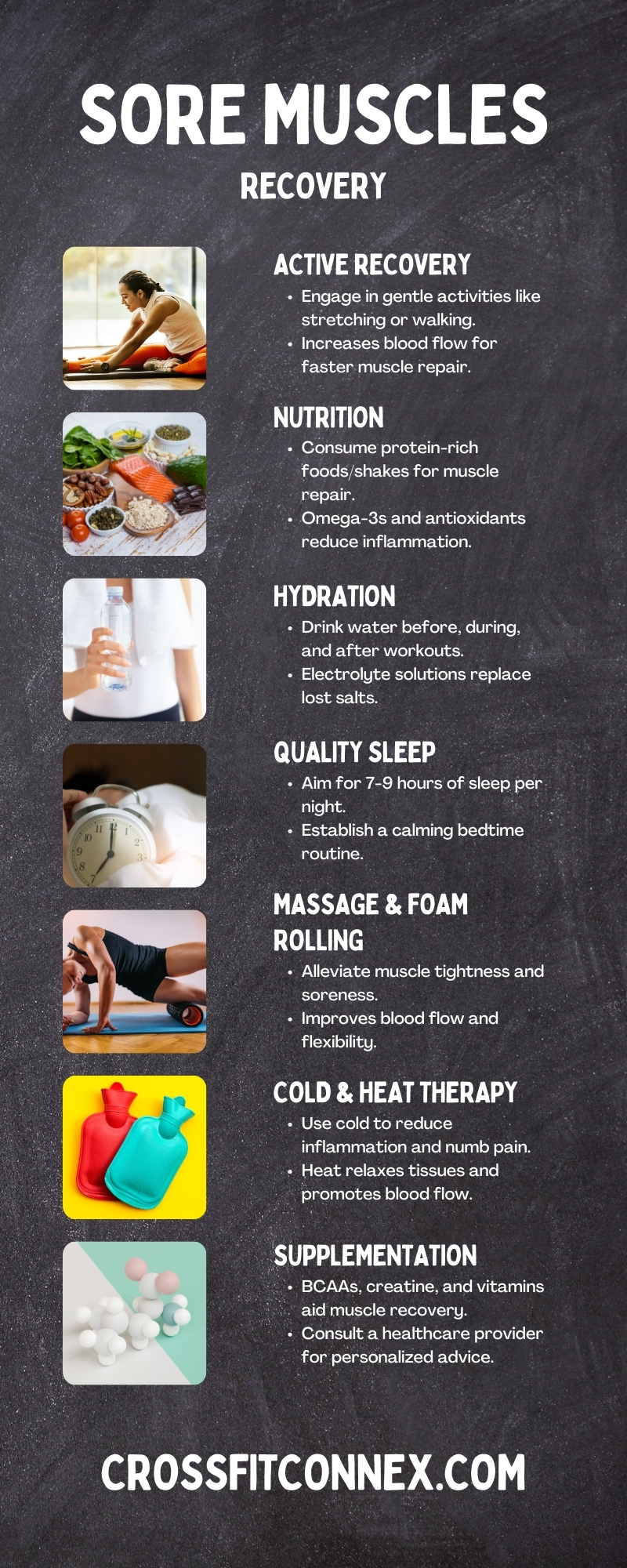
1. Active Recovery

Active recovery involves performing low-intensity exercise after strenuous activity. Instead of crushing on the couch, engage in gentle stretching, yoga, or a light walk. Personally, I choose stretching most of the time. This helps increase blood flow to the muscles, which aids in transporting nutrients needed for repair and clearing out waste products accumulated during exercise.
Such activities not only lessen the immediate stiffness but also contribute to quicker recuperation. Gentle cycling or swimming can also be excellent options for active recovery, providing a soothing effect on sore muscles without exerting too much strain.
This method is especially beneficial because it helps maintain mobility while still allowing muscles to recover and strengthen.
2. Proper Nutrition
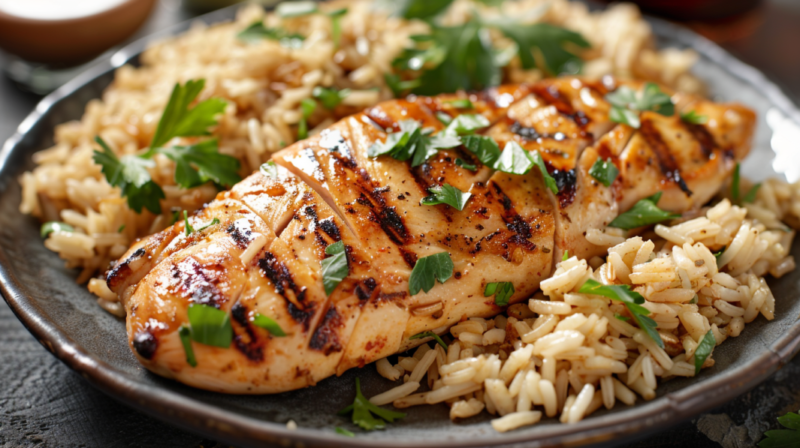
Consuming protein-rich foods or shakes immediately after a workout can provide the necessary building blocks for muscle repair. Additionally, carbohydrates help replenish glycogen stores used up during exercise. Omega-3 fatty acids, found in fish and flaxseeds, can also reduce inflammation.
Eating a balanced meal within 45 minutes to an hour post-exercise maximizes the body’s ability to recover. Hydration should also be a key part of your nutrition plan, as fluids are essential to help process the nutrients effectively. Including antioxidants through fruits like berries can further assist in reducing oxidative stress caused by intense workouts.
Before hitting the CrossFit box, fuel up with a combination of complex carbohydrates and lean proteins to sustain energy levels throughout your workout and optimize performance. Then, post-exercise, refuel with a protein-rich meal or shake to support muscle recovery and repair, ensuring you’re ready to conquer your next WOD.
What Would a Good Recovery Meal Include?
- Grilled chicken or tofu for high-quality protein.
- Quinoa or brown rice to restore glycogen levels.
- Leafy greens like spinach or kale for vitamins and minerals.
- A handful of almonds or walnuts for healthy fats and additional protein.
This meal combines all essential nutrients needed for muscle repair, energy replenishment, and inflammation reduction.
3. Hydration

Water helps transport nutrients to your cells and flushes out toxins. Make sure to drink water before, during, and after your workout. Dehydration can lead to increased muscle soreness and prolonged recovery time, so keeping up with your fluid intake is crucial.
Electrolyte solutions or drinks can also be beneficial to replace salts lost through sweat during a workout. Proper hydration supports every function of the body, including muscle recovery and joint lubrication.
4. Sleep
It’s during sleep that your body does most of its repair work. Aim for 7-9 hours of quality sleep per night. Consider adopting a calming bedtime routine and keeping your bedroom cool and dark. Avoiding screens and heavy meals before bedtime can also improve the quality of your sleep.
Using techniques such as meditation or reading can help transition your body into a state ready for deep sleep. Growth hormone, which is crucial for muscle repair, is primarily released during sleep.
5. Massage and Foam Rolling
Massage therapy and foam rolling can help alleviate muscle tightness and soreness. They work by improving blood flow and breaking down knots in the muscles and connective tissue.
Regular sessions can increase your range of motion and flexibility, which can enhance overall performance. It’s also a great way to relieve stress and promote relaxation, further aiding in recovery. For those who cannot access professional massage regularly, investing in a good quality foam roller can be a cost-effective alternative.
How to Use a Foam Roller
- Choose a medium to firm foam roller for the best balance between comfort and effectiveness.
- Spend about 5-10 minutes rolling out major muscle groups including legs, back, and arms.
- Apply moderate pressure and focus on sore areas but avoid rolling directly over joints or bones.
This self-myofascial release technique can significantly reduce recovery time and improve muscle function.
6. Cold and Heat Therapy
I always recommend cold therapy, such as ice baths or cold compresses, as it helps numb sharp pain and reduce inflammation. Heat therapy, like a warm bath or a heating pad, can relax and loosen tissues and stimulate blood flow.
This combination therapy, known as contrast therapy, enhances recovery by dynamically contracting and dilating blood vessels, improving circulation. Start with heat before exercise to increase blood flow and finish with cold post-workout to reduce inflammation.
7. Supplements
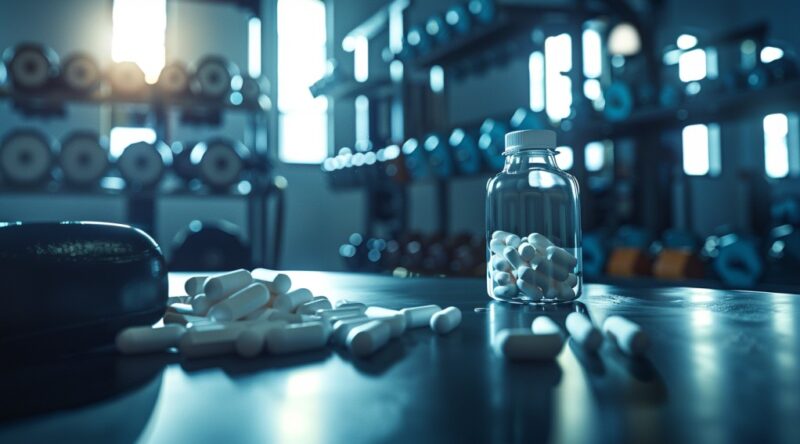
Certain supplements may aid in muscle recovery, but t’s important to choose supplements that are third-party tested for quality and purity:
- Branched-Chain Amino Acids (BCAAs) help reduce muscle damage during exercise.
- Creatine provides energy for your muscles and speeds recovery.
- Magnesium helps reduce muscle cramps and improves metabolic processes.
- Additionally, Vitamin D and Zinc can support muscle function and boost the immune system, which is vital for recovery.
For CrossFit athletes, incorporating Omega-3 fatty acids and beta-alanine can further enhance endurance and overall performance, optimizing training results.
Always tailor your supplementation to your specific dietary needs and fitness goals, and consult with a healthcare provider to ensure they are appropriate for your health status and lifestyle.
FAQs
To Wrap Things Up…
Hope you guys crushed your workouts this week! Now it’s time to focus on recovery so you can be back at it stronger than ever. Building strength for CrossFit requires both hard work in the gym and proper recovery outside of it.
Proper R&R is just as important as the training itself. Listen to your body – if you’re super sore, don’t be afraid to take an extra rest day.
Consistency is key, so make sure you’re fully recovered before your next sesh.
